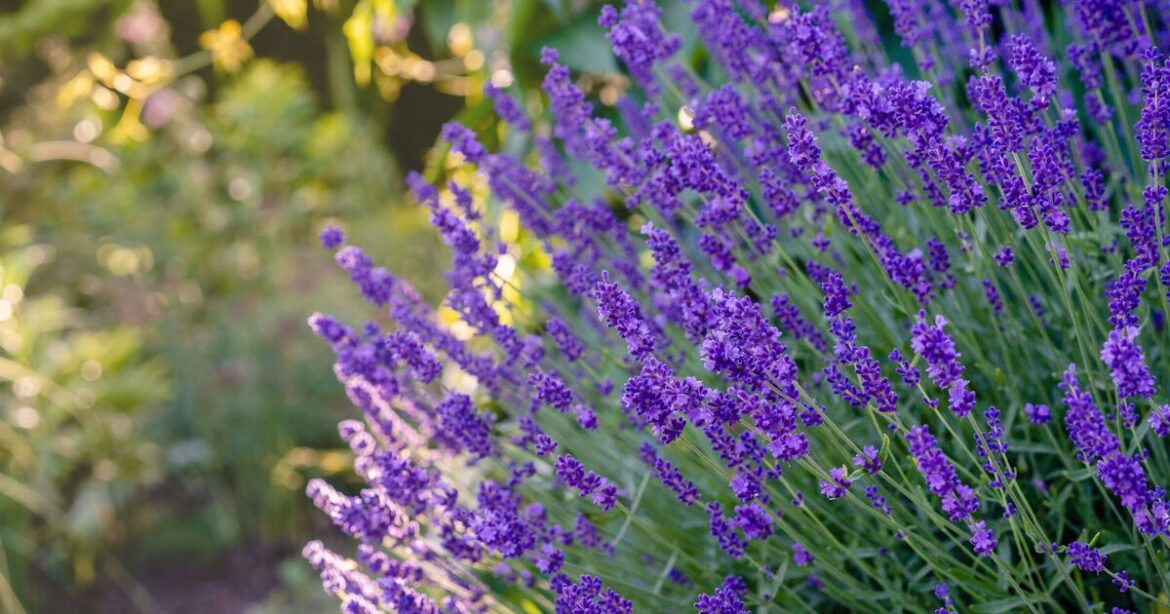As the days grow longer and the weather warms up, gardeners across the UK are heading back into their outdoor spaces to prepare for a new season of growth. But this spring, experts are encouraging people to think beyond colour schemes and patio arrangements and focus on planting one particular flower that can make a big difference to the environment.
Helen Nyul, Group Head of Biodiversity at David Wilson Homes, is urging gardeners to consider the wider impact of their planting choices, especially when it comes to supporting pollinators like bees, butterflies, and moths.
With the end of Spring approaching and the UK entering the summer months at the end of this week, now is the perfect time to plan a garden that not only looks beautiful but also supports nature.
“Pollinators play a crucial role in any garden environment,” Nyul explained.
“By transferring pollen from one flower to another, they enable plants to reproduce and produce seeds and fruits. A healthy pollinator population means a healthier, more resilient garden.”
With concerns over declining bee populations and biodiversity loss, choosing pollinator-friendly plants is more important than ever, and lavender is one of the best options.
This fragrant evergreen shrub, with its silvery leaves and spikes of purple blooms, typically flowers from late spring to early summer. It’s not just easy to care for and visually appealing, it’s also highly attractive to pollinators, making it a powerful ally in supporting local wildlife.
“Even a small patch of lavender can provide an essential source of nectar,” said Nyul.
“And when paired with long grass or a wildflower corner, it can turn any garden into a vital feeding ground for bees and butterflies.”
So, whether you’re planting borders, filling pots, or refreshing your flower beds, make sure lavender is on your list for a garden that buzzes with life.

